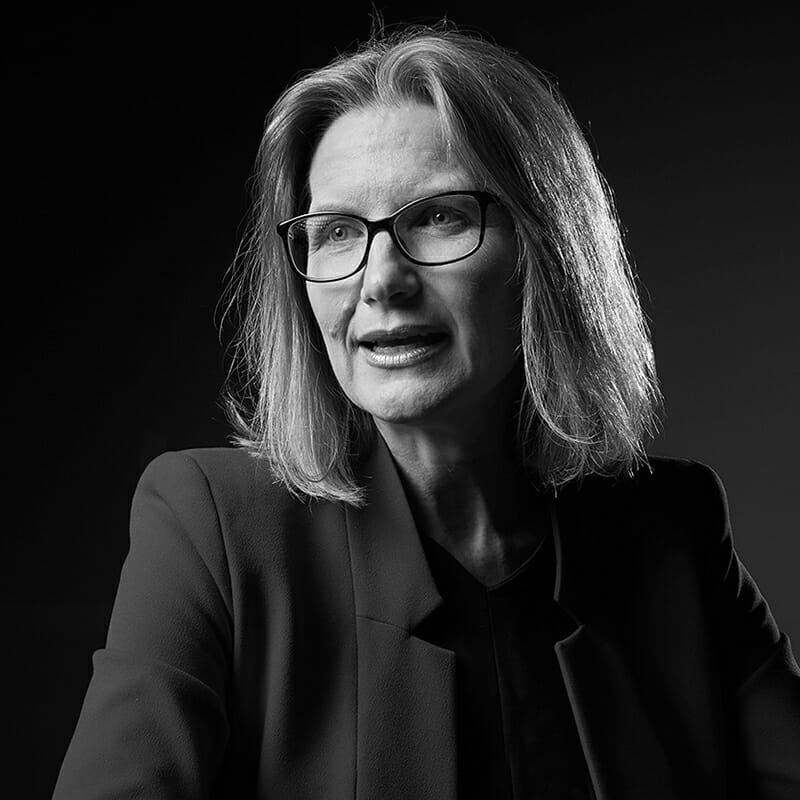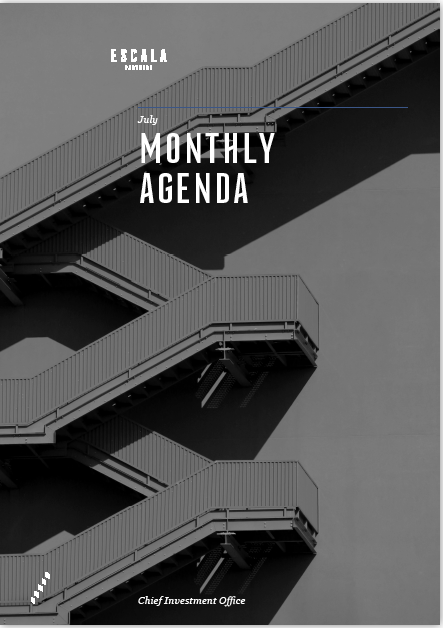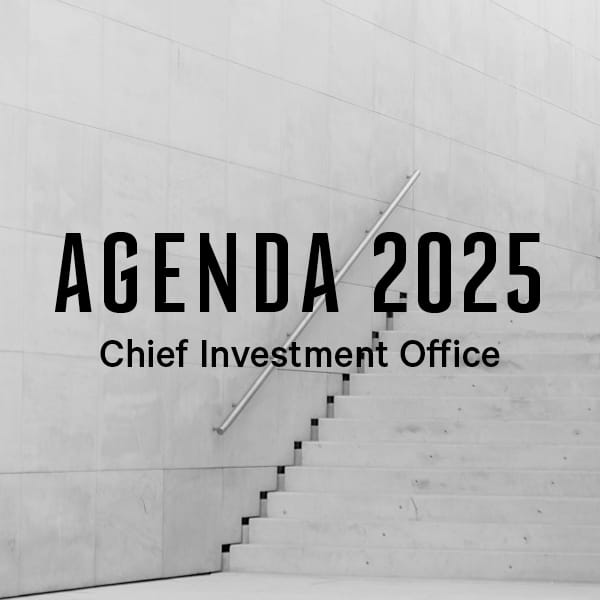-
Overview
As the global economy passes through peak economic growth and peak policy stimulus the business cycle is transitioning from an early to a mid-cycle setting. This necessarily requires an adjustment of focus for asset allocators away from directional, tactical investment decisions toward quality, active manager selection.
-
Less about tactical asset allocation

Early-cycle (which is what we saw for the 12-15 months post the March low last year) is all about tactical asset allocation. That is, tilting the portfolio to a particular country or asset class for short periods of time (typically 6-12 months) to take advantage of temporary dislocations in the market.
As can be seen in our Trade Tracker below, six of our eight tactical trades were put on last year during this early phase of the cycle. As can be seen most of them were directional trades – that is, outright long or short markets. This reflects the high conviction levels that typical come with early cycle investing – the direction of travel is more clear in early cycle.
Table 1: CIO Trade Tracker

Source: Escala Partners
We expect to implement fewer tactical trades over the next 12-18 months – particularly directional trades. This reflects the fact that uncertainty is higher in mid-cycle and conviction levels therefore are lower. Year-to-date we have implemented just two tactical trades – both of which are relative value (that is, tilting toward one market versus another).
Mid-cycle investing is the most challenging for asset allocators because it tests your ability to be disciplined. Adding value to a portfolio when markets are directional is easier to do than when markets are directionless or when the direction is uncertain. It is around mid-cycle when performance hit rates on tactical positions tends to decline.
Chart 1: Global equities CIO model of managed funds

Source: Escala Partners
-
All about being active in manager selection and in stock selection

Mid–cycle is an important time to be selecting managers who are active so that risk can be refined. There is a time and place for passive ETFs but that time is not in mid-cycle. When uncertainty is high, and direction is less clear, it is important to give your fund manager the opportunity to actively select quality companies and not just invest because that is what is in the benchmark. Blindly investing in companies simply because they are part of a benchmark, as passive funds do, means taking unwanted or unrewarded risk.
The US small cap universe is a good example. The small cap benchmark has a weight of over 16% to financials. In mid-cycle, yield curves tend to flatten which tends to weigh on the performance of financials. An active manager can tilt away from that sector. Both of our active global small cap funds are underweight financials relative to the weight in the index.
Table 2: The business cycle and sector performance

Source: Escala Partners
-
Global equities health check

Given this focus on manager selection, mid-cycle is a good time to look under the hood of your portfolio to make sure things are running as we would expect or to make refinements for the road ahead. The health check looks through the funds that we are invested into at a stock level and then it aggregates back up across geography, sector, and style.
The intention is to identify where the risk in the model is coming from and to discuss whether we are happy taking that risk, that we are being rewarded for taking that risk, and if we need to take corrective action to offset the risks that we don’t want to take.
Pleasingly, our global equities model has the highest weight to one of the sectors expected to do well in mid-cycle – information technology – and the lowest weight to the two sectors expected to underperform – utilities and materials.
We could argue we have too high a weight to financials given our view of the lower for longer environment. A more forensic look at financials reveals the two model funds with the highest weight to financials are Franklin Global Growth (18%) and WCM Quality Global Growth (15%).
Chart 2: Global equity model health check

Source: Escala Partners
We are happy with this because the financial names that we do have tend to be US based (as in the case of Visa) or emerging market based (as in the case of HDFC Bank). These names tend to be more growth oriented than traditional banking stocks.
Our consumer discretionary exposure is something we will watch, particularly as the cycle continues and eventually moves into late cycle. The fund in our model with the highest weight to consumer discretionary stocks is Fidelity Asia where the weight is 18%. Half of this weight is allocated to Alibaba. We continue to like Fidelity, particularly for its significant exposure to information technology (35%) and it has just a 3% weight to materials (21% for RWC). As the cycle matures, however, we will likely want to reduce the weight to Fidelity and seek a higher weight to health care and consumer staples.
Alibaba is a name we have been focussed on since the cancellation of the Ant IPO by the Chinese Communist Party in November 2020. The response by our fund managers to this was very different. RWC immediately sold its position. Fidelity bought Alibaba during the November 2020 sell-off on the basis that the increased regulation risk was already priced into the market. UBS, our third emerging market equities fund (not in the CIO model), had an existing holding in Alibaba and added to it in the sell-off. This divergence of view allows us to have deep conversations with our managers.
In part reflecting our concern around the increased regulation risk in China (along with a slowdown in growth) we implemented a tactical asset allocation trade on 21 June to reduce our exposure to emerging markets in favour of small cap funds. Pleasingly, this move reduced the model exposure to Alibaba. We will continue to question our fund managers around the investment thesis for Alibaba and regulation risk more generally in China.
-
Themes

The largest theme that we are happy to continue to see reflected in our model is tech disruption. One of the observations we make regularly is the extent to which companies across many different sectors are benefiting from new technology. We have seen it as far afield as agriculture where John Deere is making use of robots on their tractors to identify, and only spray pesticide on, weeds.
Financial services is another sector that is being disrupted and is one of the reasons why we are comfortable with our 12% exposure. Our single largest position across the entire global equities model is in Visa and while financials are down since the start of June, Visa is up 10%. This is an example of why it is important to pick good quality managers who can in turn pick good quality stocks.
Visa is at the forefront of disruption in finance. It recently certified CryptoSpend, a start-up created by two University of Technology classmates in Sydney, to issue a physical debit card to facilitate crypto payments. Users will be able to make purchases without the need to convert crypto to fiat first. It will be the first-time customers may use cryptocurrencies on an Australian payments card. Visa has previously authorized the issuing of spending cards for several worldwide Bitcoin exchanges, including Binance, although these cards are not yet accessible in Australia. In the first half of 2021, Visa reported that more than $US1 billion had been spent on crypto-linked Visa cards. Visa is being touted as the next trillion-dollar stock by Barrons.
Disruption is also happening in consumer cyclicals where we have our second largest holding. MercadoLibre (Spanish for “free market”) has changed the way Latin Americans shop. Its e-commerce revenue grew 90% and the number of buyers on its marketplace grew by 40%, to 65 million, in 2020 as Covid accelerated the shift toward online shopping. It is now changing the way Latin Americans pay. Payment volume at MercadoPago, the company’s financial tech arm, increased 75% last year, to $US50 billion, as merchants incorporated the ability to pay through smartphone apps or QR codes. In 2018, Goldman Sachs estimated that 40% of MercadoLibre’s value came from its financial-services arm; today it’s 60%.
Our third largest holding, Shopify, is known as the anti-Amazon. Its cloud-based software allows more than 1.7 million merchants to sell directly to consumers with their own online store management rather than through a third party like Amazon. The ability to buy products via social-media platforms such as Instagram and Pinterest is emerging as the next big sales channel for retailers, which is prompting them to upgrade their software and embrace Shopify, including its added payment feature – Shopify Pay. Shopify now has $14.8B in gross merchandise value making it the third largest retailer behind Amazon and eBay.
Table 3: Top 10 positions

Source: Escala Partners
Table 4: Top holding in each sector

Source: Escala Partners














